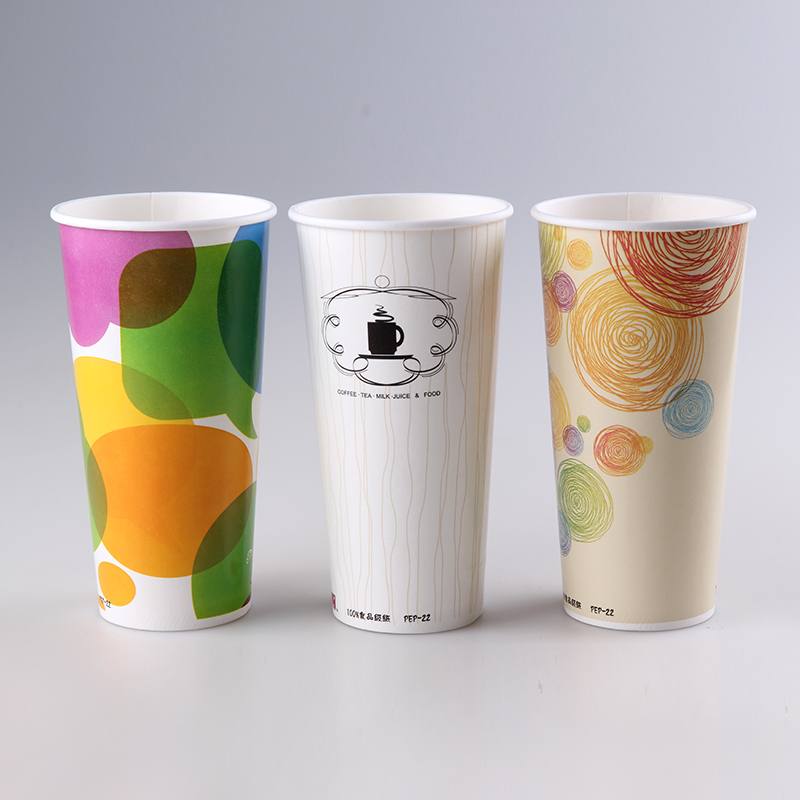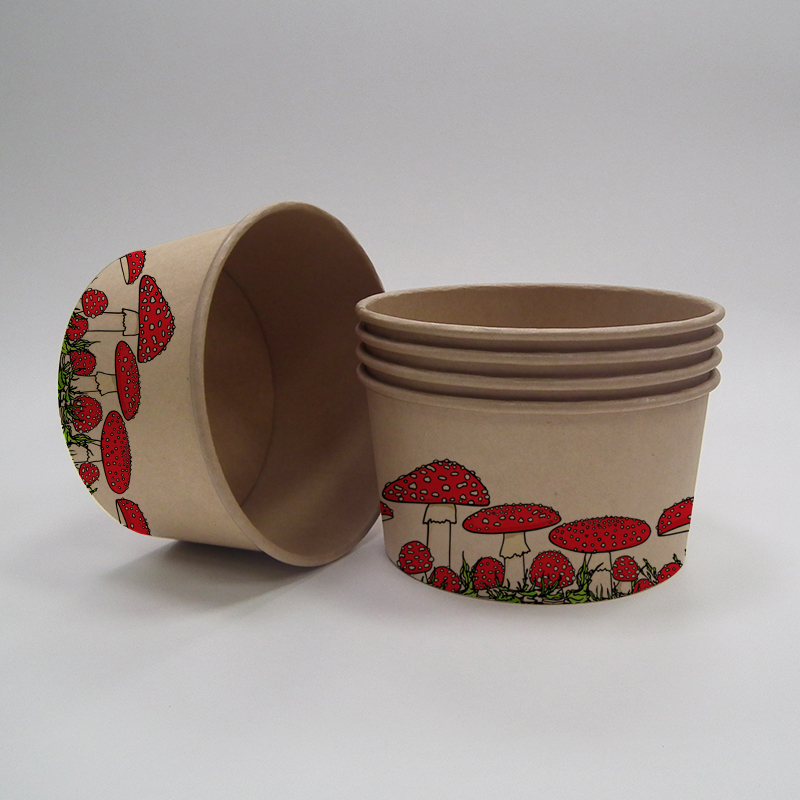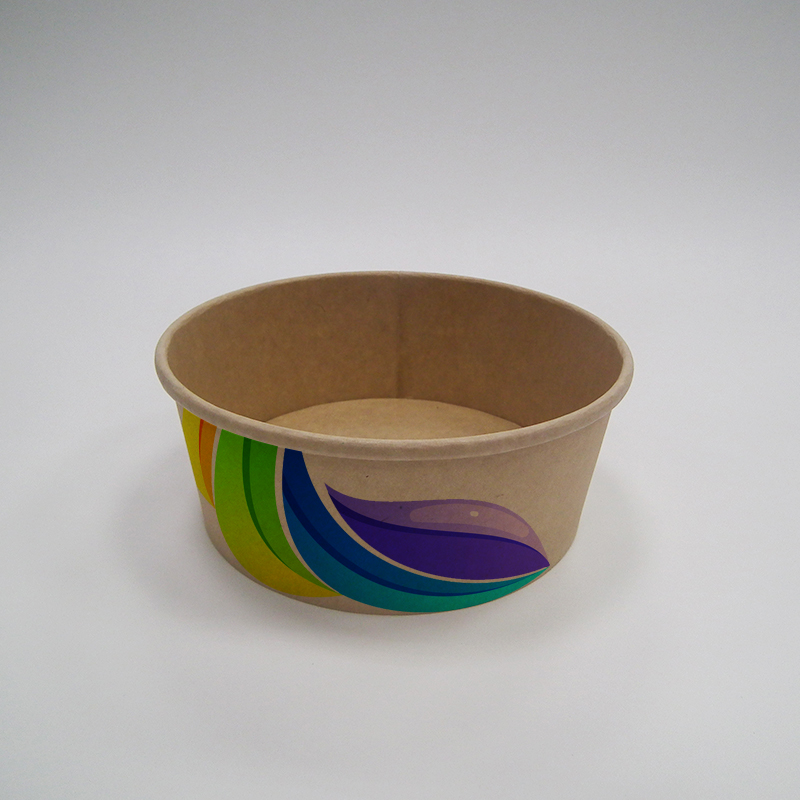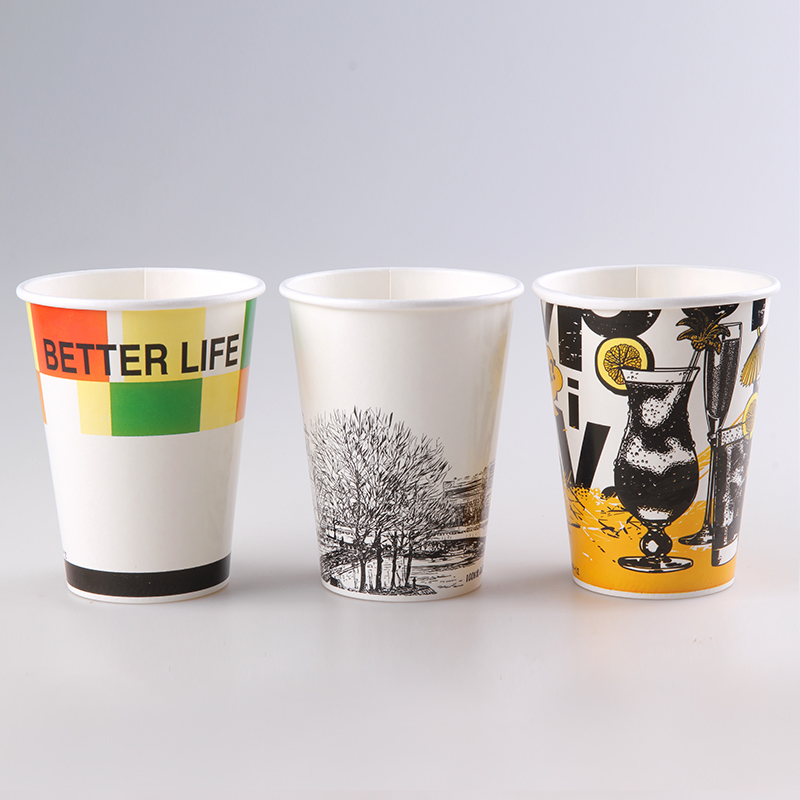
Paper cup advertising is a great way to reach new customers. By printing a message or logo on disposable paper cups, businesses can make their presence known to customers who may not be familiar with their brand. Using paper cup branding can help to increase a business’s brand awareness. The message or logo printed on the cup will stay with customers even after they have finished their drink.
Paper cup branding is an affordable and efficient form of advertising. It is a much cheaper option than radio or television ads, and the cost of printing and distributing paper cups is much lower than other forms of advertising.
What is Paper Cup Advertising?
One method of marketing that has gained popularity in recent years is “paper cup advertising,” which involves the distribution of printed paper cups to advertise a business’ wares. Paper cup branding, in which disposable paper cups are used to advertise a product, service, or brand, is a kind of outdoor advertising.
Distributed to the general public via establishments like coffee shops, these cups might have a company’s logo, slogan, or other advertising copy. A firm may reach a large audience with its message when it advertises on paper cups. In addition to being a cheap method to get your name out there, paper cup ads may be used with other promotional strategies to get your name out there.
Top Brands Choosing Paper Cup Advertising
There are so many paper cup branding benefits, so several brands have chosen paper cup marketing to increase their visibility and reach new audiences. The most popular brands using this strategy include Starbucks, McDonald’s, Dunkin’ Donuts, Coca-Cola, and Red Bull. By printing their logos, slogans, and messages on paper cups, these brands can reach various people and create a lasting impression.
Additionally, people often take paper cups to their workplaces, schools, and other places they frequent, increasing the brand’s visibility. In recent years, printing technology has made printing messages on paper cups easier for brands. This has allowed them to quickly and easily create customized, eye-catching designs that can further help to increase their reach.
Top Reasons for Paper Cup Advertising 2023
Using paper cups for marketing is a cheap and efficient method to get your message out. Paper cup branding is a fantastic method to get your name out there because of how distinctive it looks and how easily it can be seen. In 2023, here are the top eight reasons why paper cup advertising is a smart move for your company:
1. Cost-effective
Paper cup advertising has a meager cost per impression compared to other advertising mediums, such as radio, television, and print. Making paper cup ads is far cheaper than paying for radio or television commercials. Paper cup ads may be produced cheaply in large quantities, which is a bonus.
Advertisements placed on paper cups may be reused for a long because of their durability. Due to its low cost and high visibility, advertising on paper cups is an excellent option for companies wishing to spread brand awareness.
2. Eco-Friendly
Using paper cups for commercial purposes is an environmentally responsible way for companies to get their names out there. Using paper cups as promotional materials removes the need for wasted plastics, giving a more sustainable option. Paper cups also have a far reduced carbon footprint than conventional advertising, decreasing the environmental effect.
Furthermore, paper cup marketing may be printed using eco-friendly inks and materials, making it an even more sustainable solution. By adopting paper cup advertising, companies can contribute to the environment without losing their marketing efforts.
3. Eye-catching
Paper cup marketing is an efficient and eye-catching approach to contact your target demographic. It lets you personalize the cup’s size, style, and message to guarantee it sticks out and draws attention.
Paper cup advertising can be seen from a distance, making it excellent for outdoor promotions. The bright colors and strong patterns assist in grabbing the eye and bringing attention to your message.
4. Customizable
Paper cup advertising is highly customizable, enabling companies to develop distinctive, eye-catching campaigns to attract more attention. It’s simple to alter the style and wording to ensure your message is heard and recognized.
Businesses may build campaigns tailored to their target audience, ensuring the right message is transmitted. With paper cup marketing, companies can design personalized campaigns to their client’s specific requirements, encouraging greater attention and, eventually, more sales.
5. Brand awareness with paper cup advertising
There are many fantastic reasons for paper cup advertising, but the major one is to enhance brand recognition. Paper cup advertising is a cost-effective technique to reach a massive audience in a short length of time. It is also an extraordinary approach to target a specific demographic since paper cup branding can be adjusted to various locales and consumer kinds.
Firms may boost their brand familiarity and market exposure by adopting custom disposable coffee paper cups advertising. Furthermore, this advertising may also assist in improving ties with current clients and recruiting new customers. Paper cup marketing is an excellent technique to contact a large variety of prospective consumers and to develop strong brand identification.
6. Durability
Paper cup advertising is an effective and lasting way to advertise a company or product. The paper cup is built of robust materials that can resist the wear and tear of regular usage. This guarantees that the advertising stays visible for an extended time and may reach more individuals. The biodegradable paper cups is also a great technique for interacting with clients.
It may be used to advertise promotional offers, discounts, and other vital information about the product. Paper cup marketing is versatile because of its portability and may be employed in various settings. This makes it a terrific alternative for firms wishing to reach a big audience cost-effectively.
7. Reach
Paper cup branding gives a fantastic approach to contacting prospective consumers creatively and cost-effectively. It facilitates the identification of potential customers in a specific location by allowing businesses to zero in on a defined demographic.
As a low-cost method of reaching a broad audience, paper cup advertising provides a fantastic return on investment. Additionally, paper cup marketing is an ideal approach to promote brand recognition since it is seen constantly by individuals who pick up the cup and may be utilized to generate a lasting impression.
8. Interactivity
Paper cup advertising has become increasingly popular as a unique way to reach a target audience in recent years. Companies can use paper cups to create a personalized consumer experience by directly interacting with them during coffee or tea breaks.
Companies can print their advertisements on the cups and include QR codes or augmented reality features that can be used to access additional information about the brand. Companies can increase their exposure and create loyalty by engaging with their customers.
Conclusion
Paper cup advertising will be a novel and inexpensive method of brand promotion. It’s an excellent method to get your name out there, connect with more people, and build loyalty among your consumer base because of its widespread exposure, specific advertising, and dynamic features. Plus, being environmentally friendly, it’s a fantastic replacement for conventional marketing approaches.








